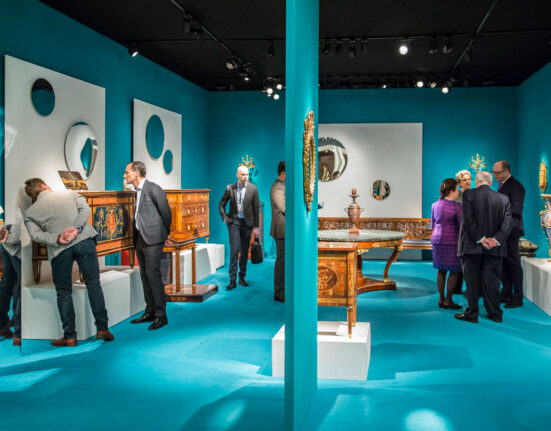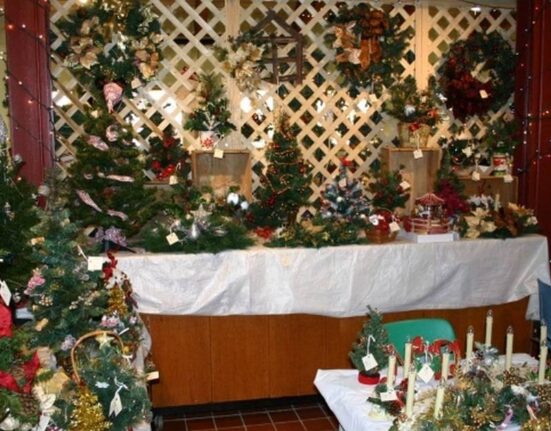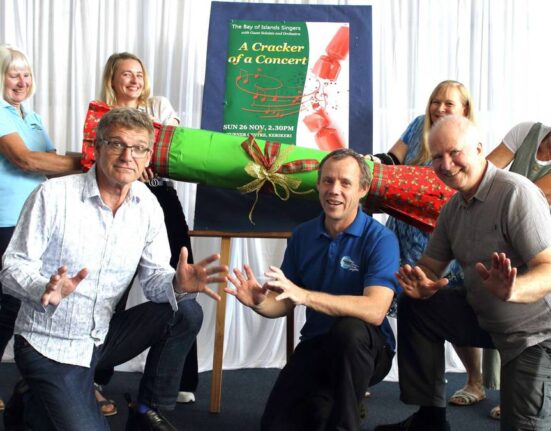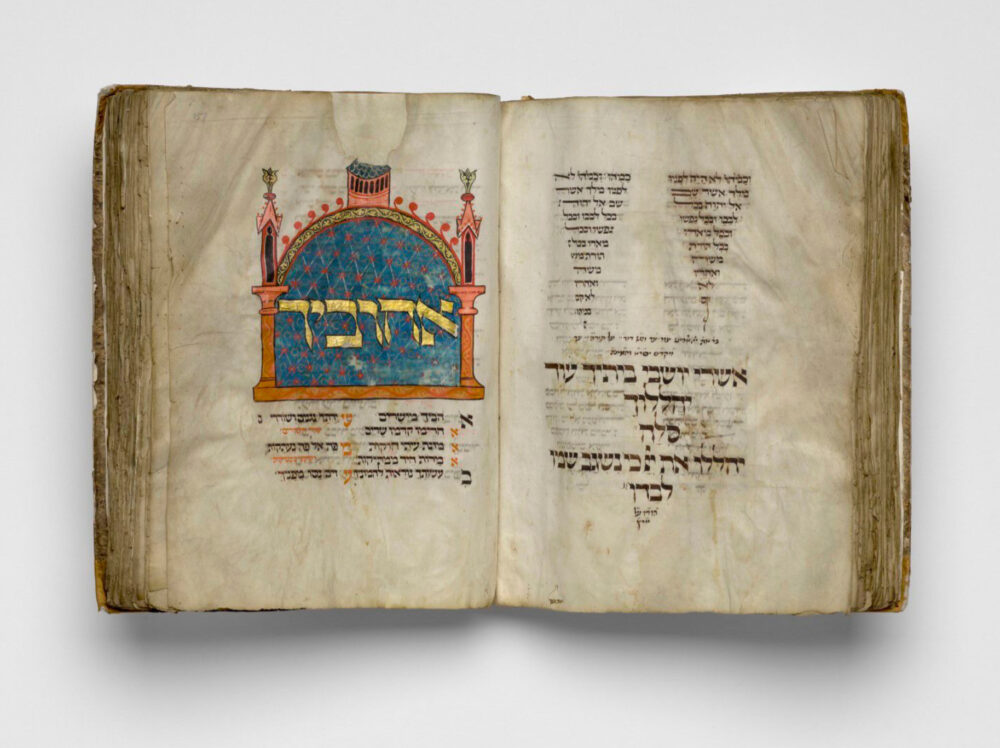
Museum of Fine Arts Houston
In a first for Museum of Fine Arts, Houston, a recently unveiled collection of Jewish artifacts will call the museum home.
More than two dozen traditional Judaica items are now displayed in the museum’s Caroline Wiess Law Building. The collection of Judaica creates a permanent location for works of art made for Jewish communities around the world to fulfill the practices of their faith, according to the museum.
Often used for ritualistic purposes, Judaica is Jewish ceremonial art that often refers to a collection of decorative objects. Ceremonial Judaica is utilized in synagogues, and decorative Judaica is sometimes displayed in homes.
The installation is a product of the museum’s partnership with the Jewish Museum in New York City, which launched a Judaica exhibition in 2022.
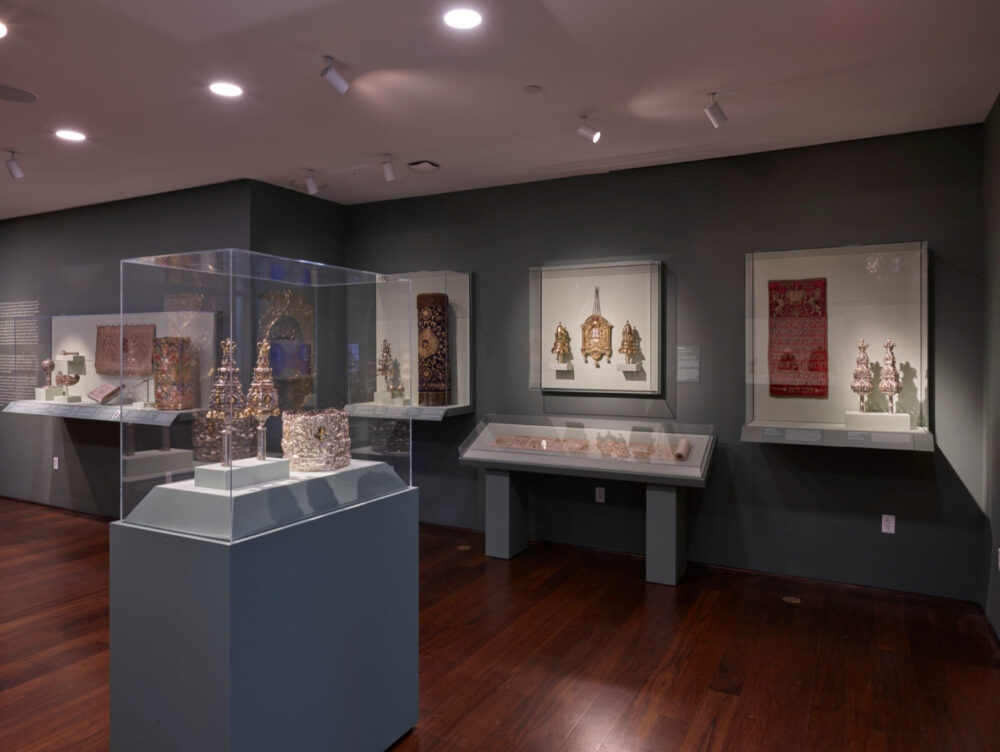
Museum of Fine Arts Houston
The Houston museum last year announced it would navigate new efforts to establish an ongoing presence of Judaica. The partnership also launched in 2022 introduced a temporary display of Judaica in Houston, and early this year began presentations centered on those objects loaned from the Jewish Museum.
The new display is also a further effort from the Museum of Fine Arts Houston to explore themes of religion and faith through a series of lectures and museum displays.
The first significant piece of Judaica that entered the museum’s collection was the Montefiore Maiz Mahzor in 2018, Museum Director Gary Tinterow said. The artifact, circa 1310-1320, was restored by the museum with the aid of a grant from the European Fine Art Foundation Museum Restoration Fund. It’s one of the earliest surviving illuminated Jewish prayer books from Central Europe, Tinterow said.
The new collection completes the assorted suite of displays in the Law Building, which aims to reflect Houston’s growing diversity. Jewish residents make up about 0.7 percent of Houston’s population, about 51,000 people, according to Jewish Virtual Library. The Law Building also features collections of Asian, African, Islamic, Native American, Pacific Island, Australian and Pre-Columbian art.
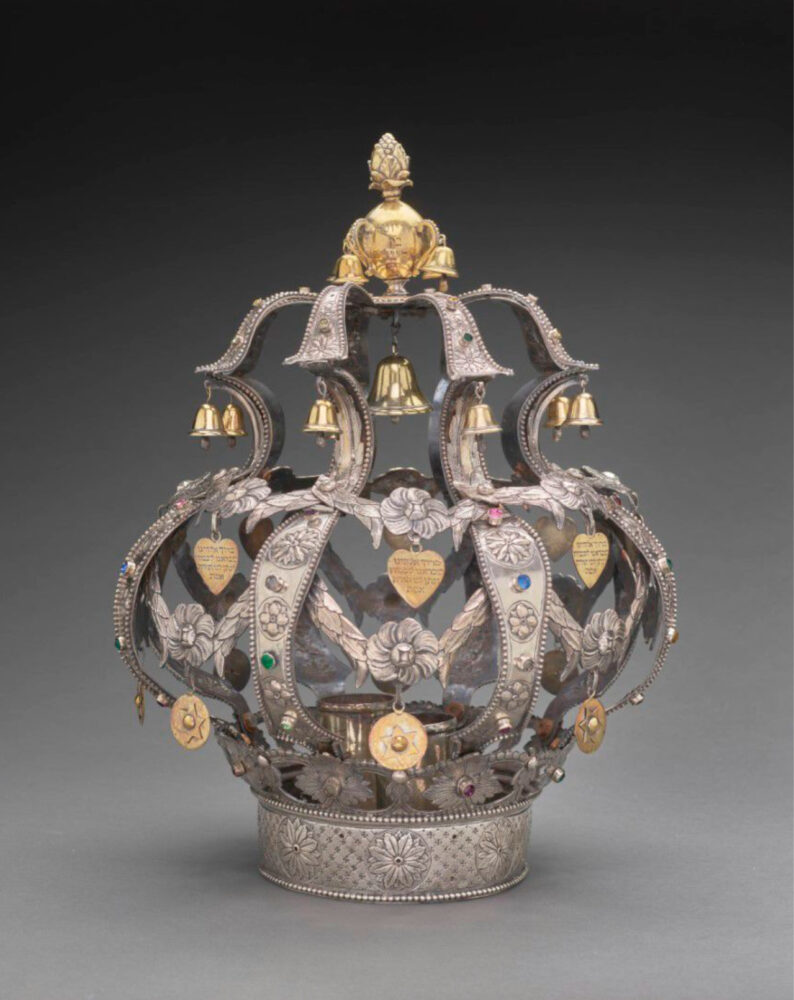
Museum of Fine Arts Houston
“There are very few general fine arts museums in the nation that have a dedicated space for Judaica, and this exciting collaboration will have significant impact on the field,” Claudia Gould, the Helen Goldsmith Menschel Director of The Jewish Museum, New York.
Increased efforts to conserve and display traditional Jewish antiques proved to be a laborious effort because of the destruction of most Judaica after the invasion and the destruction of many synagogues following World War II.
For that reason, many of the pieces in the newly displayed Judaica collection at the museum are extremely delicate and will be replaced by other artifacts over time.


